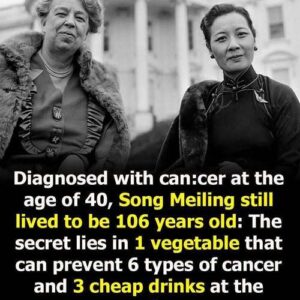On the one-year anniversary of President Donald Trump’s near-fatal incident in Butler, Pennsylvania, a recent report raises questions about the preparedness of the U.S. Secret Service on that day, highlighting the disclosure that officials had set aside a “classified threat” directed at him.
Agents became aware of the threat at least 10 days prior to Trump taking the stage on July 13, 2024, in Butler, where he was struck by a rifle round fired by 20-year-old Thomas Matthew Crooks, the sole shooter who was subsequently killed by snipers after unleashing a barrage of bullets that resulted in the death of a bystander and injuries to others.
Despite their awareness, former leaders of the Secret Service did not communicate the threat to the agents responsible for protecting Trump on that day, as reported by a federal watchdog.
The Government Accountability Office highlighted the failure to share the report as an instance of the “siloed practice for sharing classified information” within the Secret Service, which has suffered irreparable damage due to the shooting. Within weeks, former Director Kimberly Cheatle resigned, and the agents present with Trump that day were placed on leave while a comprehensive investigation was conducted.
“The Secret Service lacked a procedure for disseminating classified threat information to partners when such information was not deemed an immediate threat to life,” stated the GAO in its 98-page report, which was made public by U.S. Senator Chuck Grassley (R-IA).
No specifics were disclosed regarding the threat, which Secret Service officials characterized as “highly classified.”
“The limited sharing of this information within the Secret Service was partly due to its highly classified nature, which imposed restrictions from the Intelligence Community on information dissemination,” the report indicated.
The report additionally indicated that the Secret Service did not establish procedures for disseminating “classified threat information” regarding “a significant threat to security operations, although not deemed an imminent threat to life.”
The authors of the oversight report noted that the threat directed at Trump was of a general nature and not specifically related to his rally in Butler.
The site agent assigned to Butler, who was inexperienced within the Secret Service, lacked prior experience in organizing a large outdoor event for a presidential candidate, particularly one as contentious as Trump, as the report further elaborates.
In another section, GAO officials mentioned their discussions with the Special Agent in Charge at the agency’s Pennsylvania office, who stated that had they been aware of the threat against Trump, they would have “sought additional resources, including ballistic glass, enhanced drone mitigation, and a comprehensive counter sniper advance team, among other resources.”
Other security failures are noted by the GAO, including acknowledgments from Secret Service agents in Butler regarding their reliance on personal judgment and experience to staff the event, pointing out the absence of consistent guidance provided to them that day. Drones that might have detected Crooks on a rooftop prior to his opening fire were redirected to safeguard the Democratic and Republican National Conventions, as reported by the Daily Caller.
Corey Comperatore, a local fire chief who was present at the rally with his son, was tragically shot and killed while positioned behind Trump on stage, a fleeting dream realized.





